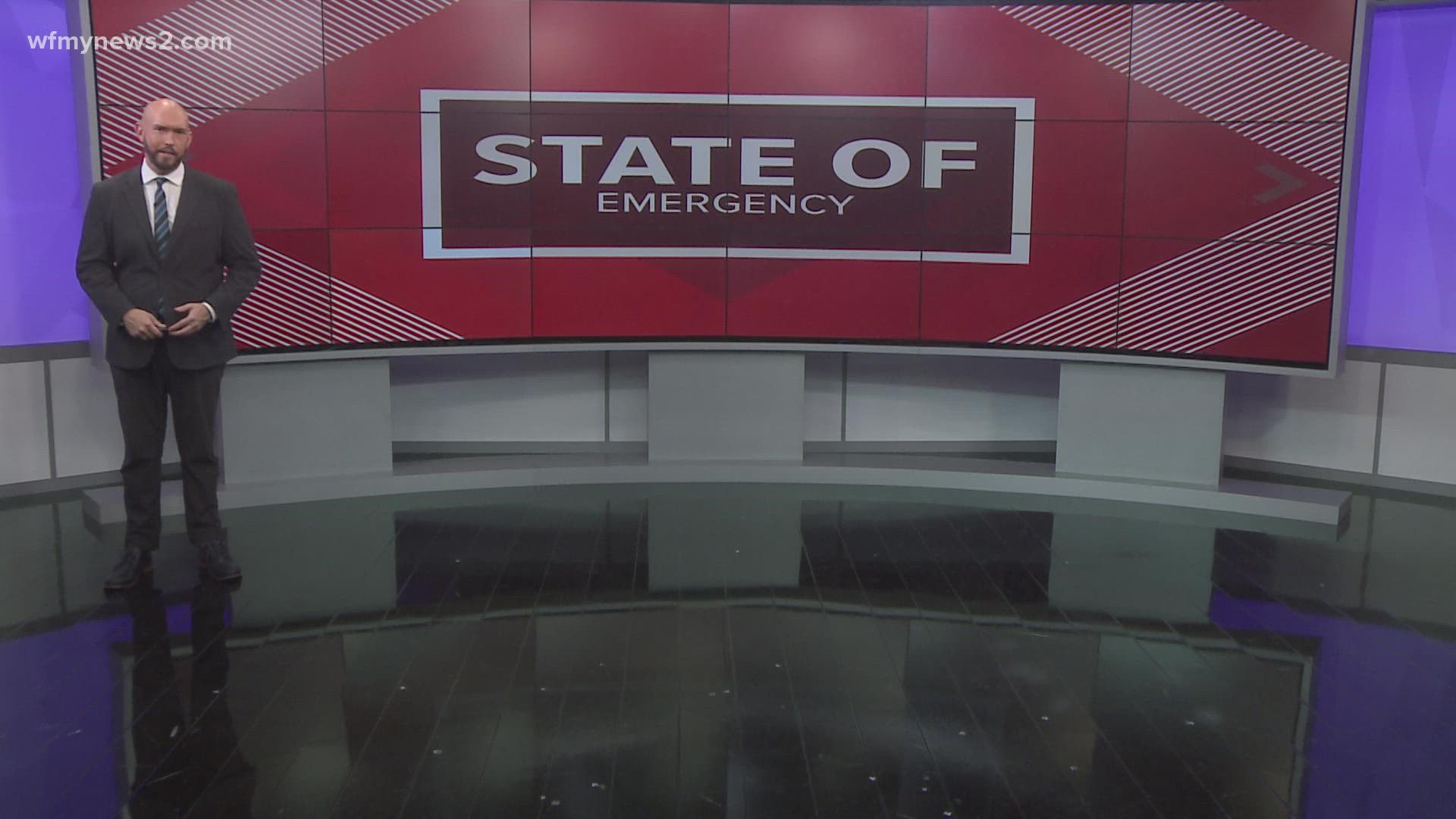GREENSBORO, N.C. — The American Academy of Pediatrics recently declared a mental health emergency for children and teens. They say the COVID-19 pandemic worsened a problem that already existed.
The AAP said suicide rates among teens steadily rose between 2010 and 2020. It says suicide was the second-leading cause of death for people 10-24 by 2018.
Numbers rising
The AAP and Center for Disease Control both saw mental health emergencies from children and teens increase during the pandemic. A CDC study found a 31% increase in emergency room visits for people 12-25 because of suspected suicide attempts between 2019 and 2020.
A University of Michigan poll asked parents what they saw from their children's mental health during the pandemic. 46% of parents said they saw their child develop new symptoms or get worse.
The same poll found three out of four parents said the pandemic impacted their child's social interactions. Doctors say social interaction is vital to youth development.
"If you think about the teen years, the young years, getting out, socializing, getting an identity - these are the core developmental tasks of these stages of life," Dr. Ken Duckworth, Chief Medical Officer for the National Alliance of Mental Illness, told CBS Mornings. "Isolation, not feeling safe, feeling safe in the world has made it all very much harder."
Possible solutions
Dr. Kurt Michael, licensed psychologist and professor at Appalachian State University, said the pandemic helped shine a light back on mental health care.
Telemedicine, for example, is something doctors used more frequently. Dr. Michael says that helped expand care, but it's not a perfect fix. Rural areas and communities of color still lag behind because not all of them have reliable internet access.
"Even if you have this potential solution to address some of these access issues, it doesn't solve it for every community, especially in communities where they don't even have the necessary broadband access that would make these innovations effective," Dr. Michael said. "There's been a good response to some of these challenges, but then new challenges emerge as you get into it."
He also said the new ways of delivering mental health care needs to continue growing. Dr. Michael thinks if there are more options available, more people will take advantage of them.
"There's always a lot of talk about stigma." Dr. Michael said. "That still remains true, and I think the best way to promote the benefits of help-seeking is offering many more options. In other words, it can't be true anymore that we offer just a single type of intervention. We have to be really creative. We have to do things that are maybe a light touch."
Warning signs
The National Alliance of Mental Illness listed warning signs for parents to watch.
Some of them include a drop in school performance, and altered sleep schedule and feeling withdrawn.
You can find a full list of warning signs here.
Where to go for help
There are several resources people can use if they or someone they care about is struggling with their mental health. Some of them include:
- There's a crisis text line open 24/7. Text SIGNS to 741741 to speak with a counselor.
- You can call the Substance Abuse and Mental Health Service Administration at 1-800-662-HELP to talk to someone.
- In emergencies, call 9-11.
Each of these services is free and operates 24/7 every day.

